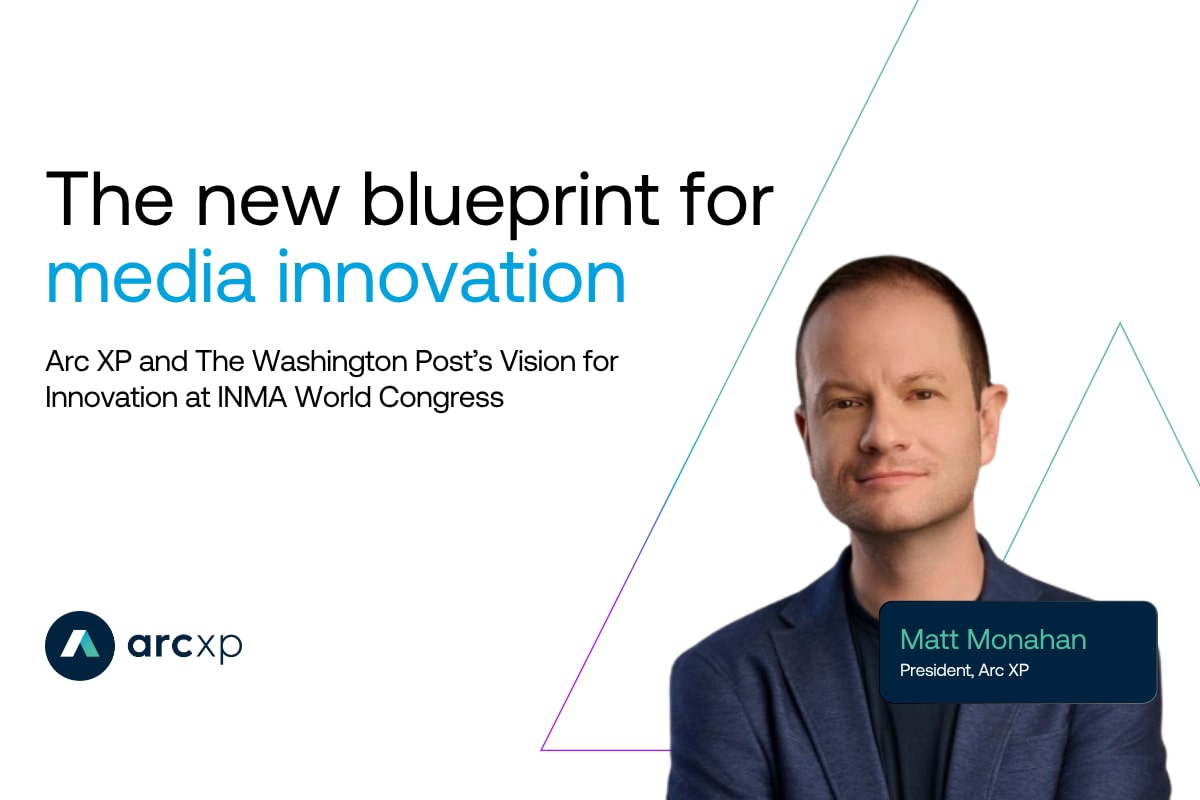Want to engage younger news audiences? Do these three things now.
Here are three actions newsrooms can do today to start engaging younger audiences, regardless of budget and available technology.

A top priority for newsrooms big and small is to crack the code of what it takes to engage younger audiences, particularly younger Millennials and Gen Z.
While there is an ongoing focus on the technologies used to reach audiences, the real traction for attracting these audiences lies with how newsrooms approach and think about them.
Speaking at AdWeek’s Publishing Week, Phoebe Connelly, director of Next Generation Audiences at The Washington Post identified three actions newsrooms can do today, regardless of budget and available technology, to start getting the attention of younger audiences.
1. Rethink your perception of how news is being consumed.
For newsrooms, the day-to-day hustle of creating and providing the news can make it easy to forget that today’s audiences are no longer consuming news in the way news organizations may think. Nine times out of 10, they’re not pulling up the homepage of website A, then sliding over to read site B, and then moving to site C.
They’re exposed to news mostly by “bumping” into it, particularly on social media, which has emerged as a primary pathway to news consumption.

The frequent habit for audiences today, and particularly younger generations, is to check in on social media, and probably first thing. They’re looking to see photos from last night’s sports event or party, or perhaps looking for pictures from the wedding they attended last week posted. And then as they scroll, somebody has shared a story that captures their attention and that is their entryway into news for the day.
Or perhaps they start their day with a podcast. As they listen, they hear a topic that captures their attention and they think, “I want to know more about this,” and go to a trusted influencer or news site to see what they’re pointing them to.
So, what does this mean for newsrooms? Start by thinking about the user journey and how these exposure flashpoints are part of the user journey.
Connelly recommends that newsrooms start every internal conversation by trying to understand the behaviors, wants, and needs of attractive audience segments – how are they approaching the news, what are their needs in this moment or around this topic. Use the following questions to help inform how news products are organized around that user journey.
- Whether audiences are attracted on social channels, through a newsletter or otherwise, once they land on your website or access your app, are they able to easily find more verified information and the context they’re looking for? Don’t think of your site as being a linear endpoint from the driving channel but as an opportunity to add value for your audience to learn more.
- Thinking about your news products, are the features familiar and in line with what audiences’ experience on gateway channels? For instance, if you have an app, are the vertical and square videos that are open captioned available within that app in the same way they’re increasingly available on social platforms like Instagram or TikTok?
- Also, think about brevity. How are you making sure your audience can catch up quickly? How can you use common language and conversational tones to enable audiences to comprehend the information easily?
2. Reassess how you tell your stories.

Journalism is about connecting audiences with the information that enables them to better understand their world. To be essential and useful, news content needs to appear where audiences are spending their time.
While it’s still fairly typical for newsrooms to complete their stories and then figure out how they’ll be rolled out across channels, to reach younger audiences, news organizations need to flip the script.
Start by getting your audience team involved at the early stages of story development, rather than handing them a completed piece. Talk to them about the goal, the angle, and who the audience is. Leverage their knowledge to understand how to attract the desired audience’s attention and quickly connect them to the information.
A simple way to bring your audience team upstream? Connelly recommends, “Start by looking at your calendar. What are the two most important story meetings you have this week? Bring someone from your audience team to those meetings and make sure they have a seat at the table. Call on them, ask for their input. Use their knowledge to help shape the idea and channel rollout strategy to best appeal to the audience you’re trying to reach.”
Increasingly social media is becoming the entry point of news consumption, particularly for these younger audiences. According to Connelly, “we’re encouraging our reporters to share their stories first on Instagram, on TikTok, on Twitter, always knowing that eventually it will result in a traditional Washington Post story. There’s no reason why you shouldn’t start telling your story on social media first, that’s what audiences expect.”
3. Ensure your newsroom is present on the channels where Young Millennials and Gen Z are active.

Research from The American Press Institute and the AP-NORC Center for Public Affairs Research on Millennials and Gen Z’s news habits and attitudes found that 91% of Millennials and Gen Z use social media as a pathway to news consumption at least weekly.
This means to reach younger audiences your editorial team and journalists need to show up where they are present.
Encourage your journalists to be on existing and emerging platforms – use them to figure out the different vernacular and approaches to each platform, understand the way people create content and engage audiences, and the expectations audiences themselves have.
Bear in mind, news organizations are more likely to find inspiration from their audience base or brand accounts before they will from other news organizations, particularly on emerging platforms. Early adopters aren’t your traditional competition, but the people on that platform are because they’re taking up your audience’s time and attention.
This isn’t to say news organizations should jump feet first into every social media platform. Think through what authentic engagement for your organization looks like. There are several ways content creators and users participate that won’t necessarily be true to your brand position and core values. Consider how you marry the value you as a news organization provide with the content creation style, language, and length that are valued on the platform.
But also – don’t assume these audiences know you. Use these channels as opportunities to reintroduce yourselves as a news source and how you do your work. Explain the reporting process, what journalism is, why and how you cover certain topics and regions. Give audiences a chance to see the inner workings of your organization. These efforts go a long way creating an authenticity that builds trust with younger audiences.
Recent resources





